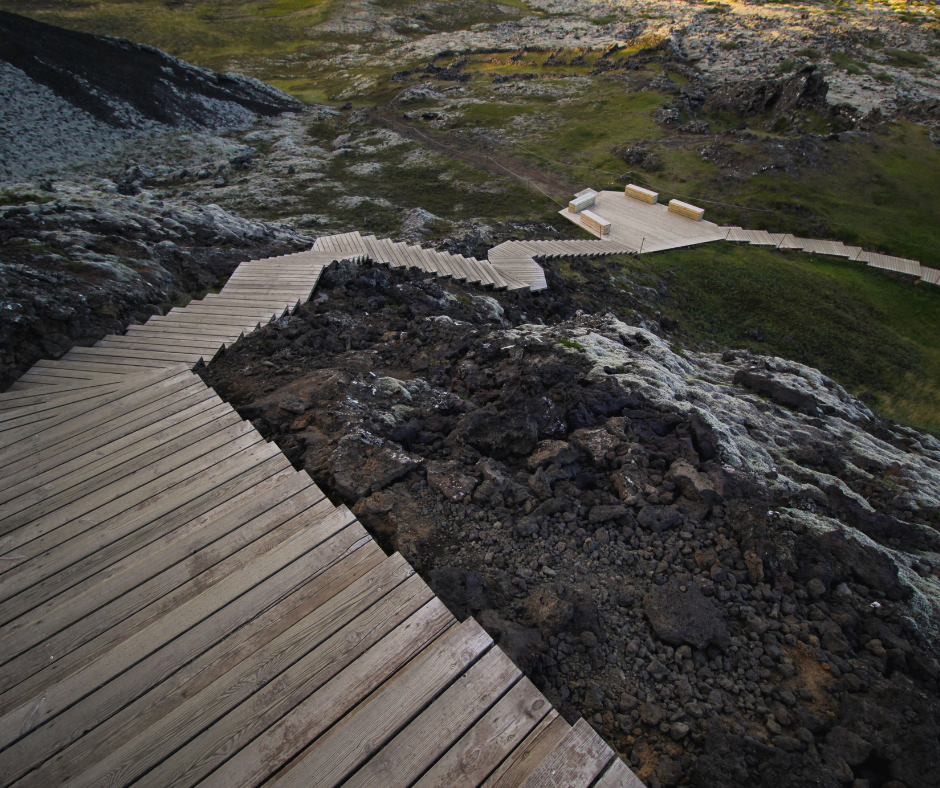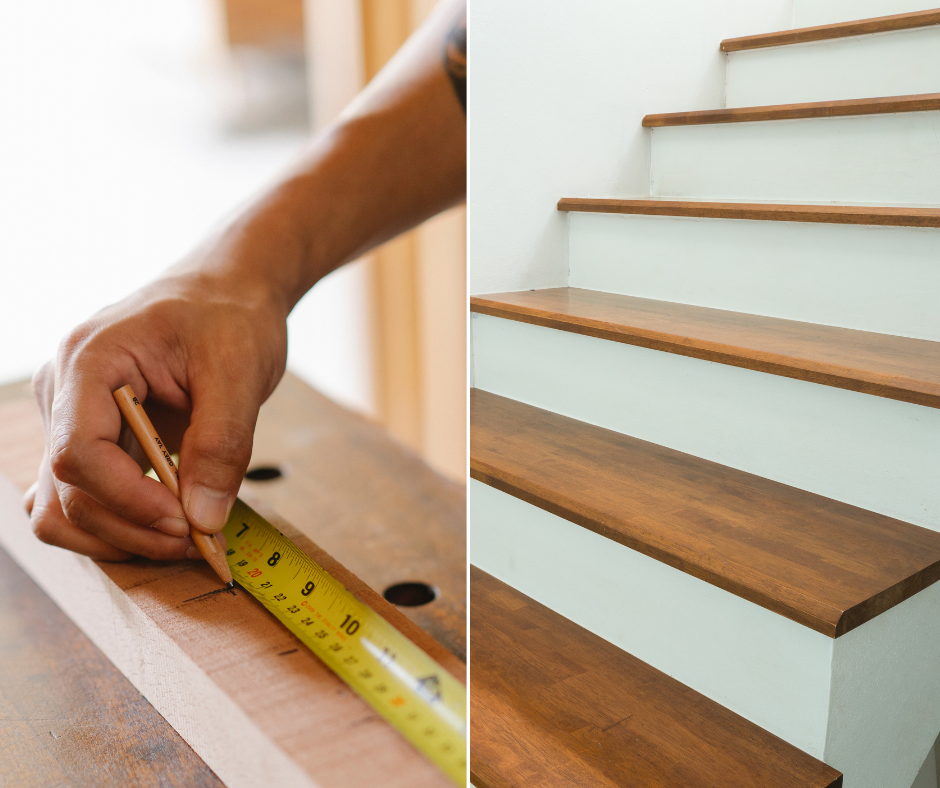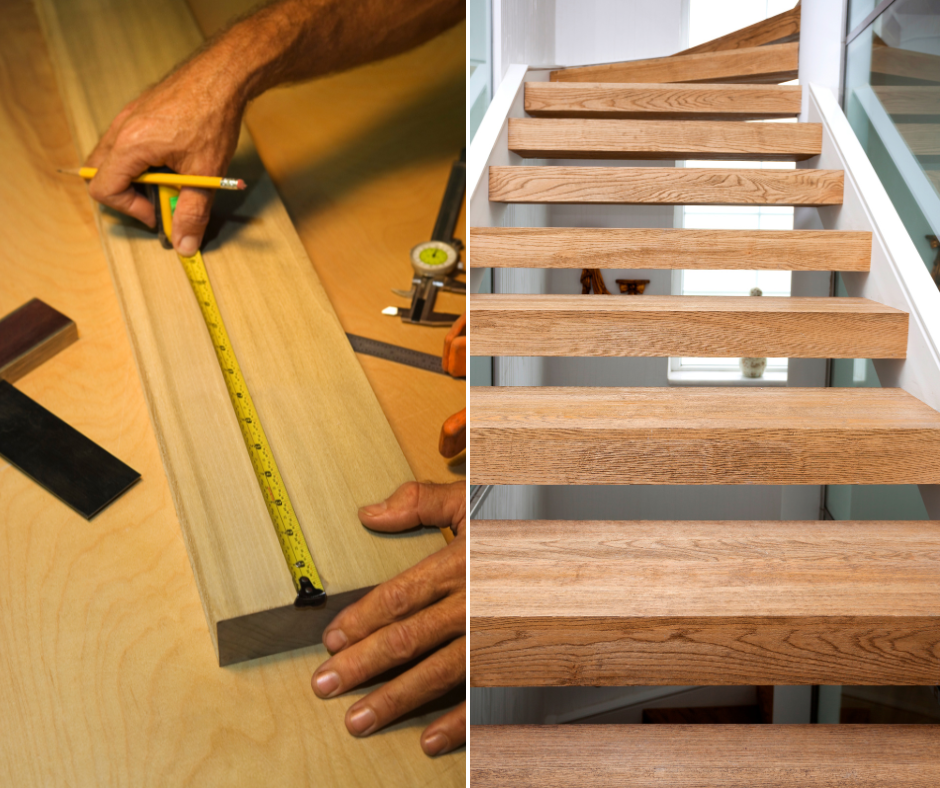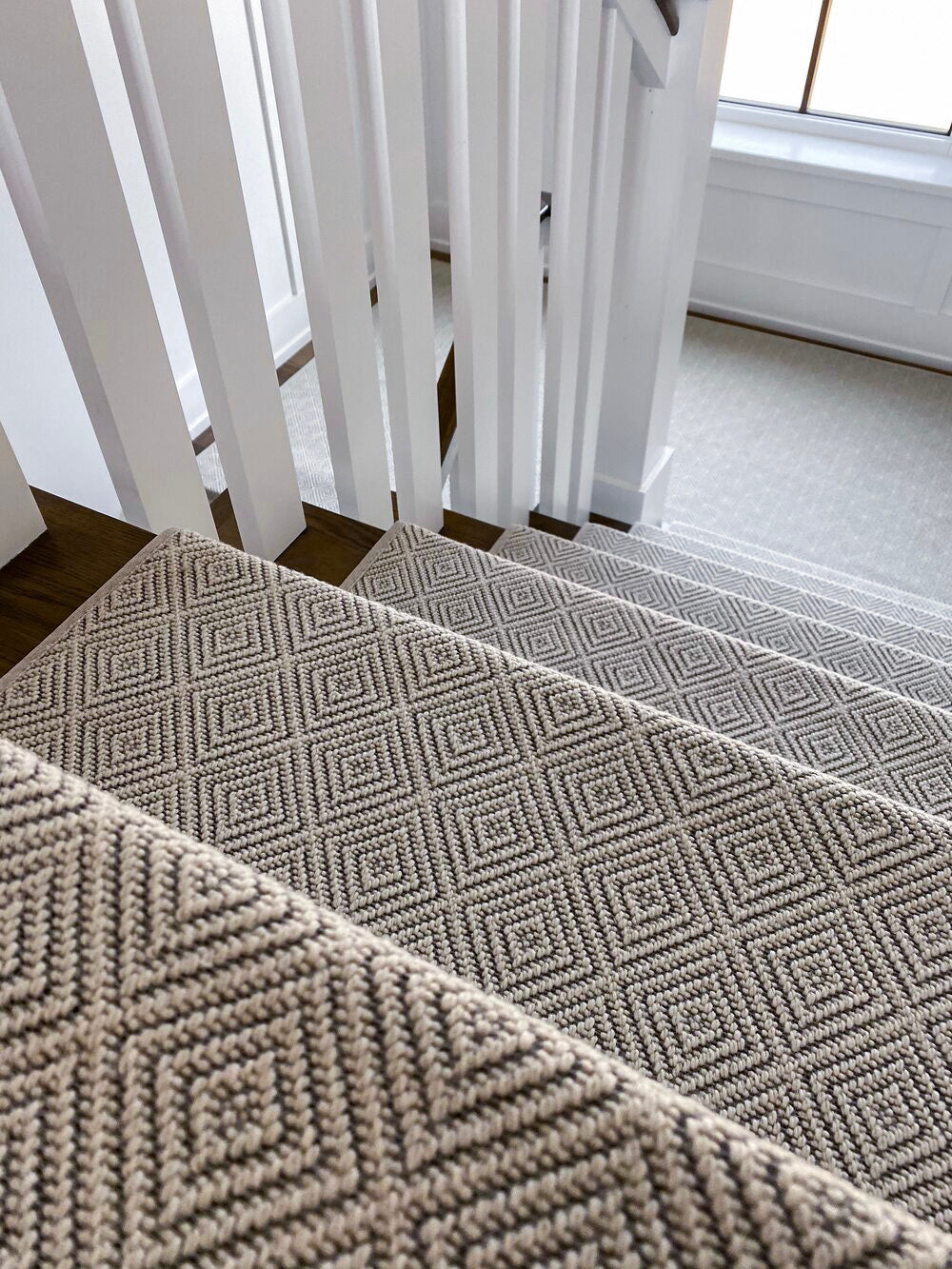Transforming a tricky slope into a functional staircase, whether it’s for a carpet stair landing or an outdoor pathway, can enhance your space while adding both safety and style.
Installing steps on a slope is a straightforward way to create a pathway that fits seamlessly into your yard or garden.
Whether you’re building deck stairs, incorporating a carpet stair landing, or creating a garden path, the process requires careful planning and attention to detail.
By choosing the right materials, calculating rise and run accurately, and incorporating proper drainage, you can create a staircase that lasts for years.
How Do You Calculate Rise and Run for Steps?
Accurate measurements are the foundation of any staircase project.
To calculate rise and run, start by measuring the vertical height (rise) and horizontal distance (run) of the slope.
Divide the total rise by your preferred riser height, which is typically 6 to 8 inches, to determine the number of steps.
Next, calculate the tread depth, usually 10 to 12 inches, and multiply by the number of steps to ensure the total run fits within your space.
By getting these measurements right, your steps will be safe, comfortable, and functional.
What Are the Best Materials for Steps on a Slope?
The materials you select will shape the look, durability, and functionality of your steps.
- Treated Wood is a popular option for deck stairs on a slope because it resists decay and provides a natural appearance.
- Stone is a durable and elegant choice, perfect for blending into outdoor landscapes.
- Concrete Pavers are versatile and budget-friendly, offering a modern aesthetic with plenty of design possibilities.
Choose materials that suit your home’s style and the environmental conditions of your area.
How Do You Build Deck Stairs on a Slope?
Building deck stairs on a slope requires precise measurements and proper anchoring.
Start by attaching the stringers to the deck frame using brackets or screws.
Cut the stringers to match the slope’s angle for a smooth, stable fit.
Add treads and risers, ensuring they are securely fastened and made from durable materials like treated wood or composite decking.
If the slope is steep, consider adding handrails or non-slip finishes to improve safety.
How Do You Prevent Water Damage to Steps on a Slope?
Water damage is a common issue for outdoor stairs, but proper drainage can protect your steps.
Install a layer of gravel beneath and around the steps to improve drainage and reduce water pooling.
Use perforated pipes to redirect water away from the steps and prevent erosion.
For wooden steps, apply a waterproof sealant to protect against moisture and decay.
These measures will keep your steps looking great and performing well for years to come.
Steps to Success
Installing steps on a slope transforms uneven terrain into a functional and stylish pathway.
Start by calculating the rise and run to design steps that are safe and comfortable.
Select materials that fit your style, whether it’s treated wood for deck stairs or stone for a natural look.
Incorporate proper drainage to protect your steps from water damage and erosion.
With thoughtful planning and care, your project will enhance your home while standing the test of time.




